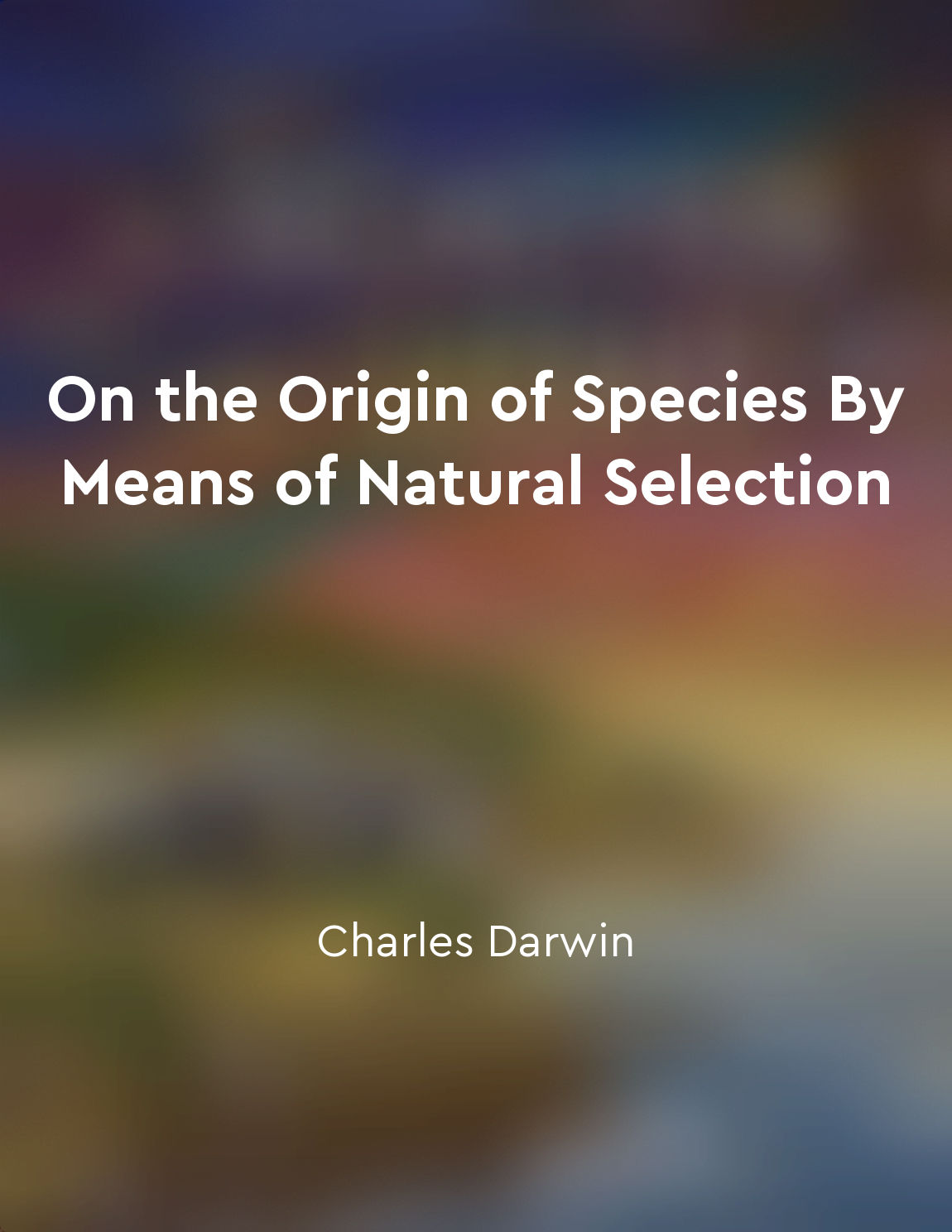Population growth leading to competition from "summary" of On the Origin of Species By Means of Natural Selection by Charles Darwin
As more individuals are produced than can possibly survive, there must in every case be a struggle for existence, either one individual with another of the same species, or with the individuals of distinct species, or with the physical conditions of life. It is the doctrine of Malthus applied with manifold force to the whole animal and vegetable kingdoms; for in this case there can be no artificial increase of food, and no prudential restraint from marriage. Although some species may be now increasing, more or less rapidly, in numbers, all cannot do so, for the world would not hold them. Thus, as it has come to pass that many species within the same area have come to be closely allied to each other, and as they have often partaken of the same food, it is manifest that some at least of the species of the same area must be undergoing modification. When we look at the plants and bushes clothing an entangled bank, we are tempted to attribute their proportional numbers and kinds to what we call chance. But how false a view is this! Every one has heard that when an American forest is cut down, a very different vegetation springs up; but it has been observed that ancient Indian mounds are covered with vegetation different from that now growing on the surrounding plains. What a struggle between the several kinds of trees must here have gone on during long centuries, each annually scattering its seeds by the thousand; what war between insect and insect, between insects, snails, and other animals with birds and beasts of prey—all striving to increase, and all feeding on each other or on the trees or their seeds and seedlings, or on the other plants which first clothed the ground and thus checked the growth of the trees! When we look at any single species, we often forget how large a part of the habitable surface every country must be, which is thus constantly changing in its inhabitants. When we see, as is so often the case, a species abundant in one district and rare in another, we may believe that this may be due to that district having been in former times less suitable for its development; or to its having been formerly very severe, but having afterwards become less so. The climate of the northern and southern parts of a continent may differ, and the same species may have to become adapted to the different climate; but when it lives in the one part and is rare in the other, we cannot tell how this is due.Similar Posts
Racial bias has shaped migration policies and attitudes
Racial bias has long played a significant role in shaping migration policies and attitudes. Throughout history, racial prejudic...
Planet Earth is teeming with life
The Earth is a vibrant and bustling place, filled with an incredible array of living organisms. From the tiniest microorganisms...
The survival of one species affects the survival of others
The interconnected web of life is a fundamental truth of our planet. Every species, no matter how big or small, plays a vital r...
Trees have a profound impact on human culture and society
Trees stand as silent witnesses to the passage of time, their roots delving deep into the earth while their branches reach towa...
Emergence of environmental movement
The emergence of the environmental movement can be traced back to the growing awareness of the interconnectedness of all living...
Being a force for positive change
The concept of being a force for positive change is rooted in the idea that each individual has the ability to make a differenc...

Stunning beauty from above
The aerial perspective offers a unique vantage point that reveals the true essence of Earth's beauty. From high above, the intr...
Migration patterns are fascinating to study
The study of migration patterns is truly captivating, offering a glimpse into the intricate movements of various species across...

